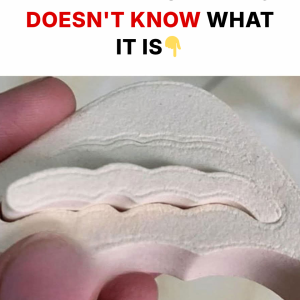
Nail fungus, or onychomycosis, is a common and persistent condition. It often begins as a small yellow or white spot under the nail and can gradually cause thickening, discoloration, brittleness, and even separation from the nail bed.
While antifungal creams, medicated nail lacquers, and prescription treatments are common solutions, many people prefer natural home remedies, particularly for mild infections or to avoid harsh chemicals. Among these, salt and lemon are frequently used due to their antimicrobial and cleansing properties.
This guide explains how salt and lemon may help, how to use them safely, and when it’s important to consult a healthcare professional.
Why Salt and Lemon May Help

Salt: Antifungal and Drying Properties
Salt (sodium chloride) draws moisture from its surroundings. Since fungi thrive in warm, damp environments, salt can help create conditions less favorable for fungal growth. It also acts as a gentle exfoliant, helping remove dead skin and debris around the nails. Regular use may reduce superficial fungal presence and support cleaner, healthier nail beds.
Saline solutions have been used in medicine to clean wounds safely, removing microbes and dead tissue without harming healthy skin cells.
Lemon: Acidic and Antimicrobial Effects
Lemon juice contains citric acid and vitamin C, which have mild antimicrobial and antioxidant properties. Its acidic pH can discourage fungal and bacterial growth, while natural oils from the peel may add antiseptic benefits.
Laboratory studies indicate that citrus extracts can inhibit certain fungi, such as Candida and Trichophyton. However, large-scale clinical trials are limited, so lemon should be considered supportive rather than a standalone treatment for deep or severe infections.
When used together, salt and lemon can help maintain cleanliness and reduce superficial fungal growth, complementing other treatments.
Salt and Lemon Remedies

1. Salt and Lemon Soak
Ingredients:
- ¼ cup sea salt or Epsom salt
- Juice of 1 fresh lemon (or a few slices)
- Warm water, enough to cover affected nails
Instructions:
- Dissolve the salt and lemon in warm water.
- Soak feet or hands for 15–20 minutes.
- Gently scrub nails with a soft brush to remove debris.
- Rinse and dry thoroughly.
Frequency: 3–4 times per week; start with 1–2 sessions for sensitive skin and increase gradually.
2. Salt and Lemon Paste
Ingredients:
- 1 tablespoon sea salt
- 1 tablespoon fresh lemon juice
Instructions:
- Mix into a thick paste.
- Apply to affected nails and surrounding skin.
- Leave on for 10–15 minutes, then rinse and pat dry.
- Optionally, apply a light moisturizer to prevent dryness.
Frequency: Once or twice daily, avoiding prolonged contact to minimize irritation.
Tip: Epsom salt can reduce inflammation and soften thick nails, making them easier to trim.
Supporting Healing and Preventing Recurrence

Nail fungus treatment requires consistency and patience. Even prescription antifungals can take months to show results. Additional strategies include:
- Keep nails short, clean, and dry; trim straight across and file thick areas.
- Wear breathable shoes and moisture-wicking socks.
- Disinfect or rotate shoes regularly.
- Avoid walking barefoot in public showers, locker rooms, or pools.
- Clean nail tools after each use.
- Maintain a nutrient-rich diet with protein, zinc, and vitamin D to support nail health.
- Consider combining natural remedies with proven treatments like tea tree oil, topical terbinafine, or antifungal nail polish if improvement is slow.
Limitations and Cautions
- Lemon juice is acidic and may cause stinging, redness, or dryness.
- Salt and lemon cannot penetrate deep under the nail plate.
- Severe infections left untreated can permanently damage nails.
- People with diabetes, poor circulation, or weakened immunity should consult a professional before trying home remedies.
- Warning signs for immediate care include increasing pain, swelling, drainage, spreading redness, or bleeding under the nail.




